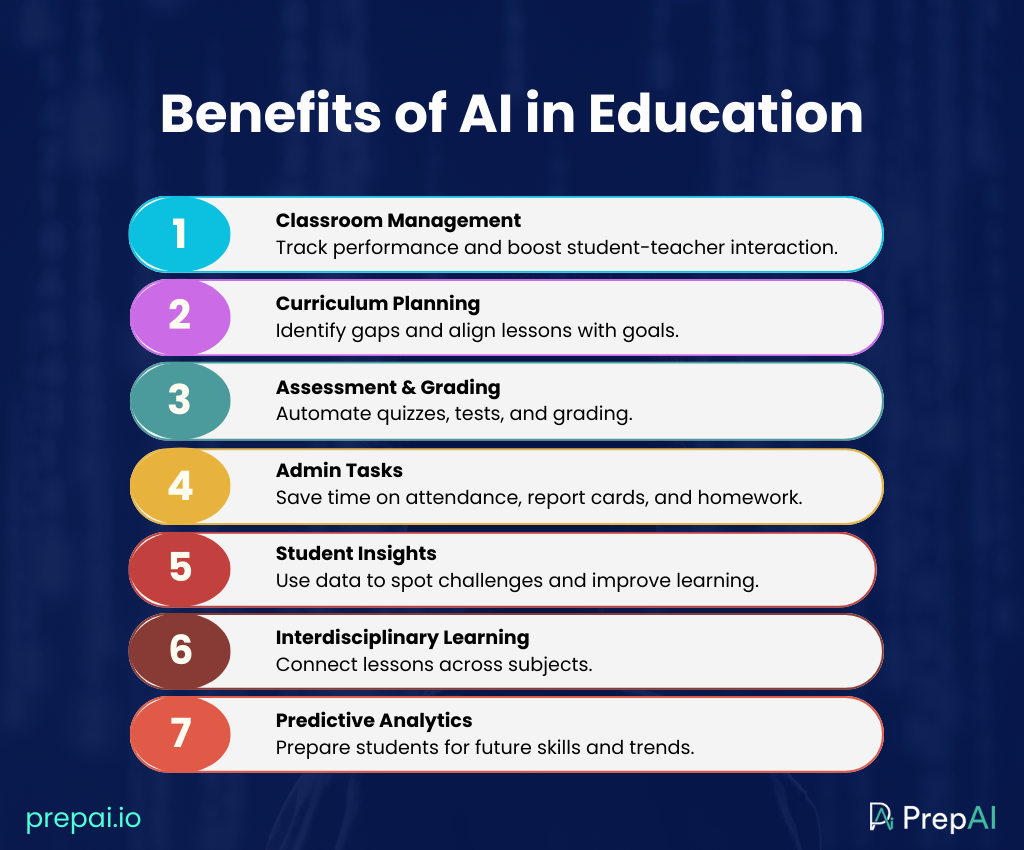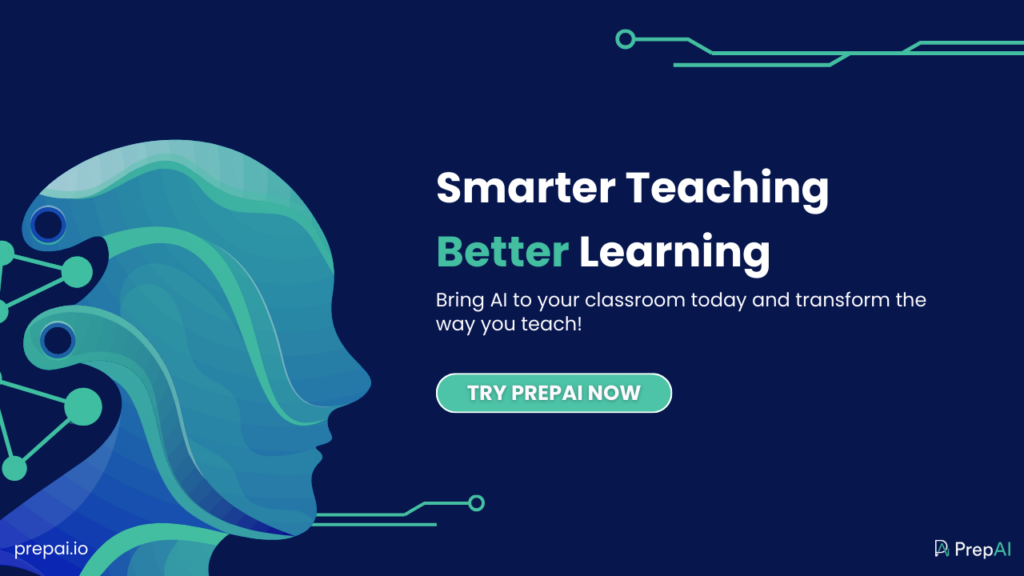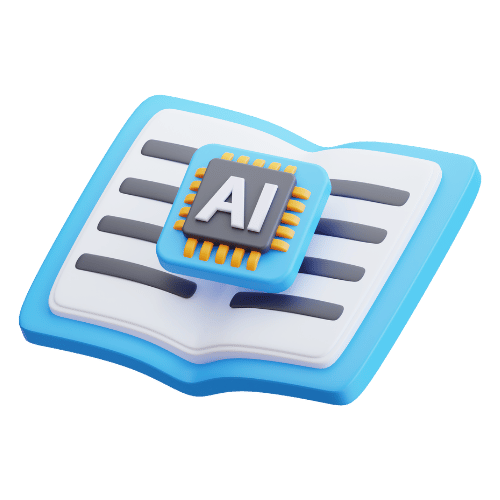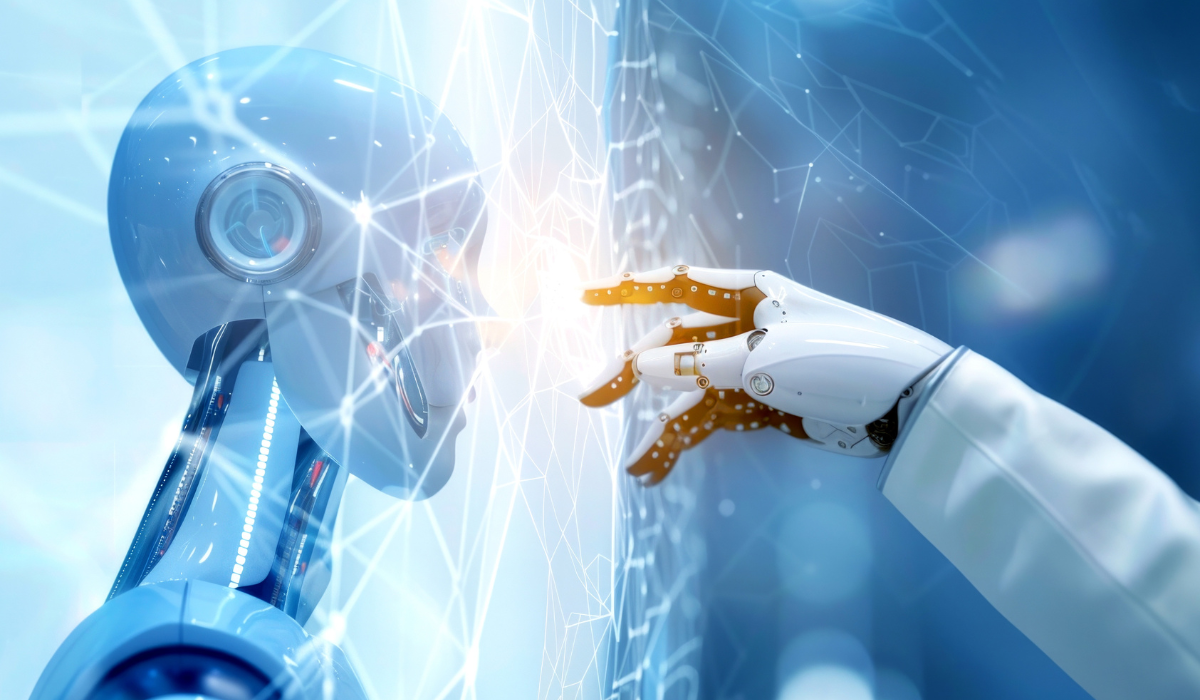The education industry has been evolving in recent years by embracing new technologies, such as artificial intelligence. Here, we’ll discuss what data shows about AI’s future in classrooms and the importance of AI teaching tools in today’s world.
Educational technology and AI are rapidly transforming the sector, whether in classrooms or online learning platforms. The AI adoption rate is different in different regions, depending on various factors like economic conditions, infrastructure, access to technology, etc. In Africa, countries like Kenya, Nigeria, etc., are actively using AI teaching tools, adaptive literacy apps, and more to reduce the gap between students and education. Pilot projects have shown good results, encouraging governments and schools to embrace new technology and make education accessible even in remote regions.
While the challenges continue to persist, especially in terms of teacher training, lack of infrastructure, and the extensive diversity found across Africa, the governments are working hard to ensure African students have the same opportunities as those from other continents. They want African youth to have a tech-driven future. This means proactive decisions have to be made to cohesively introduce AI in classrooms for teachers and students to use it effectively.
In this blog, we’ll read more about AI’s future in classrooms and how this is backed by data from Gallup.
Gallup Data and AI Teaching Tools
Gallup and the Walton Family Foundation released the report of their latest survey on AI in education, especially focusing on K-12 teachers in the US. The most important part of the report is that 60% of teachers used AI tools in some form during the 2024-2025 educational year. A good number of them reported that using AI weekly had reduced the workload and increased the quality of output. Interestingly, 28% of teachers still oppose the use of AI in classrooms.
Around 37% of teachers used AI at least once a month for various reasons, such as preparing lesson plans, creating worksheets, using exam generator tools for assessments, generating more study material, and so on. Moreover, 61% of teachers said that they receive better insights about students when they use AI tools, presumably for assessments, grading, and analytics.
For example, by using a talent assessment tool like PrepAI, teachers can automate test creation, automate grading, and share instant results with the students. They can also use the analytics provided by the tool to understand response patterns as well as the strengths and abilities of each student in their class. This allows teachers to guide students in the right direction and help them improve their performance.
Moreover, assessment creation is not limited to subject knowledge. That’s because diverse students require diverse tests to showcase their capabilities. While yearly exams and surprise quizzes are necessary, assessments have to be diverse to highlight what makes each student special. For example, Leadership assessment, etc., can be conducted to understand and evaluate the personality traits of students and hone their soft skills, leadership qualities, etc., to ensure all-around development and improvement.

Role of AI in Student Learning
Students, too, are using AI tools to study, make notes, and personalize learning to align with their preferences and needs. For example, assistant tools powered by AI have made learning more inclusive for students with disabilities. Text-to-speech, speech-to-text, read-aloud, and other accessibility features make it easier for students to read and process the study materials.
Gamification has made learning more attractive and engaging for young students. Classroom lessons don’t have to be boring. Assessments don’t have to be stressful. Students can learn and have fun with the study material. They can search for more information on their own, watch educational videos, discuss answers with AI chatbots, and actively participate in classroom discussions.
Adaptive learning platforms assess the skills and abilities of students based on their interactions with the tool and personalize the learning process to align with their strengths. Instead of rushing through lessons, students can linger on tough topics until they understand the concepts and then move on to the next lesson. Similarly, intelligent tutoring systems offer personalized feedback to students to help them identify the weak areas and improve their knowledge. This reduces the pressure and gives each student the required space to learn and grow in their own way.
Moreover, students can also use AI teaching tools to enhance their learning experience. For example, smart question creation with AI is helpful for teachers and students. Students can use PrepAI to create practice tests and conduct self-assessments. They can generate a quiz or exam after each lesson and accurately evaluate their newly gained knowledge. By repeatedly attempting such practice tests, students will become accustomed to exams and stop feeling stressed. This not only reduces exam fever but also allows students to answer all questions thoroughly to the best of their knowledge without the fear of failure.
Benefits of AI in Education
There are numerous benefits of AI in education for teachers, students, and educational institutions across multiple areas.
Classroom Management
Apart from AI teaching tools, there are different software solutions to effectively manage online and offline classrooms, track student performance, gamify lessons, reward positive outcomes, and increase interactions between students and teachers.
Curriculum Planning
AI-powered curriculum planners analyze existing curriculum to identify gaps, create effective alternatives, and ensure that the curriculum is relevant, comprehensive, and aligned with the school’s learning objectives.
Assessment Creation and Grading
With a test maker for teachers, question paper generation and grading can be automated and accelerated in schools, without compromising quality. Teachers can quickly create quizzes, tests, etc., and share instant results as well as discuss feedback with each student separately.
Automating Admin Activities
Teachers also have to perform various non-teaching tasks such as taking attendance, grading assignments, correcting homework, creating report cards, sending updates to parents, organizing extracurricular activities, etc. Many of these can be automated using AI tools.
Data Analytics and Student Insights
Data-driven analytics provide tangible support and proof to teachers’ intuition and experience. Insights help teachers pinpoint the issue a student is facing to help them overcome the challenges. Additionally, schools can improve their overall quality standards to offer better learning experiences.
Interdisciplinary Learning
Though every subject is different, they are not mutually exclusive, nor do they exist in isolation. With AI-powered tools, teachers can demonstrate how one subject is useful in learning something from another subject, and how effective the lessons become when a student sees the connections.
Predictive Analytics and Development
Another benefit of AI in education is predictive analytics, which helps teachers identify popular future trends in education. Teachers can use these insights to hone students’ skills and abilities to make them ready for future challenges and opportunities.

Final Words
Artificial intelligence is here to stay and will play a prominent role in the education industry in the coming times. Be it AI teaching tools or student learning platforms, the role of artificial intelligence will be diverse, impactful, and integral to the sector across the globe.
Schools can initiate their AI journey with small steps, like providing assessment tools to teachers, automating admin tasks, and so on.
Know someone working in educational institutions? Partner with us to make AI smart tools a part of their teaching experience!



